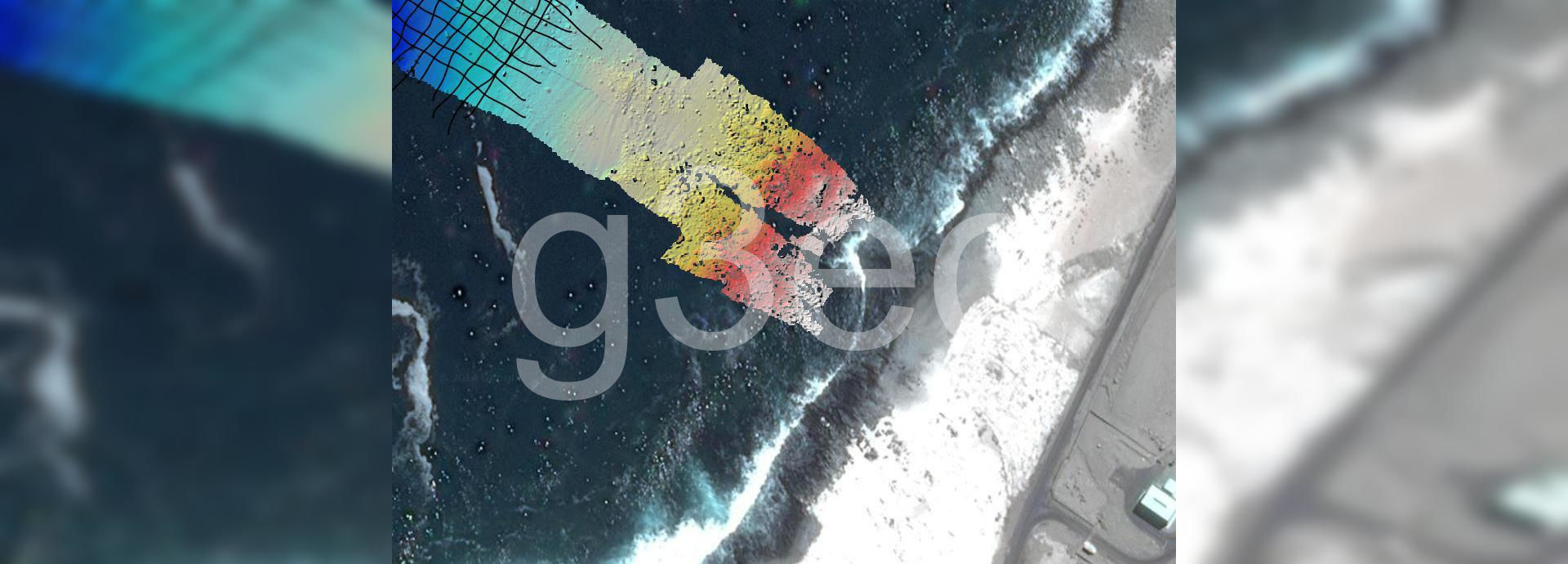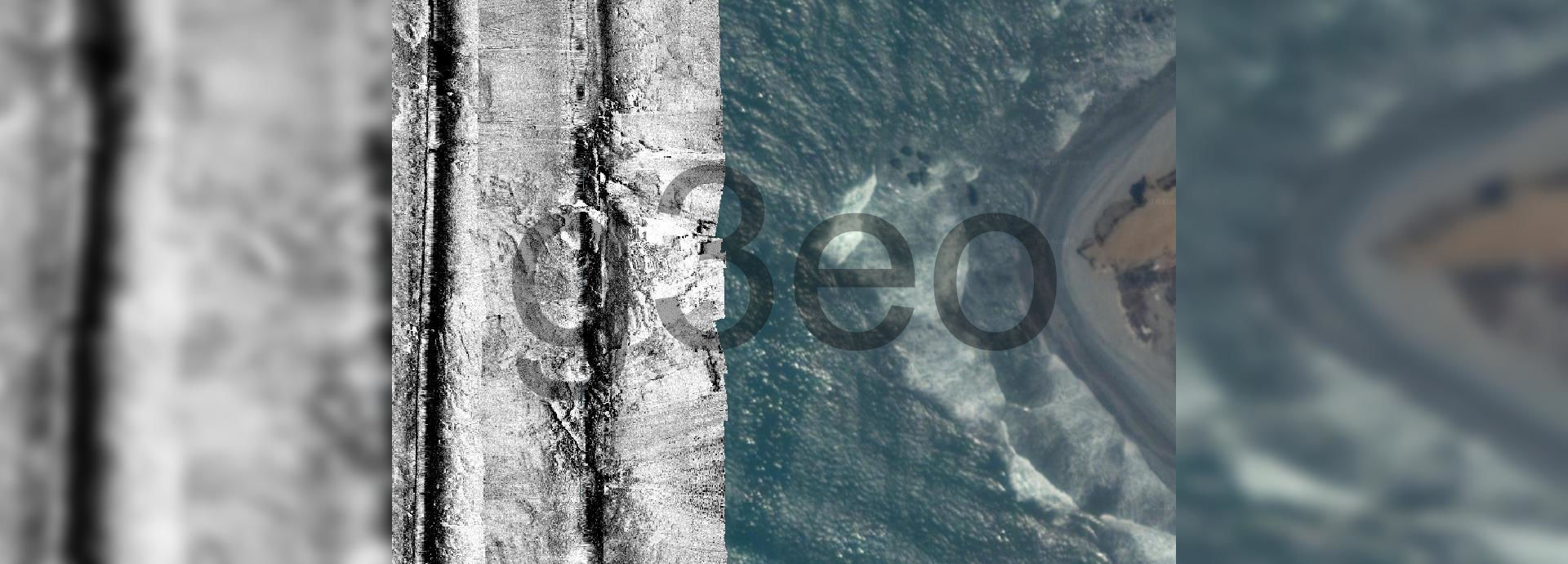- - Our Solutions -
- Seafloor mapping and cartography
- Hydrocarbon seep hunting
- Oceanography and environment
- - Our solutions are used for -
- Bathymetric projects
- Mapping of hydrocarbon seeps
- Sediment cubication
- Installation of subsea cables (Site/Route)
- Construction of underwater outfalls
- Feasibility of ports and bridges
- Management of marine-coastal zone
- Aquaculture zoning
- Offshore wind farms
- Underwater archaeology
- Maritime search and rescue (SAR)
- Generation of navigation charts
- Underwater obstacle detection
- Mineral resources exploration
- Submarine geohazards
- Environmental impact assessment (EIA)
- Seabed sediment transport studies
- Coastal geomorphology studies
- Tidal and wave studies
- Marine circulation studies















